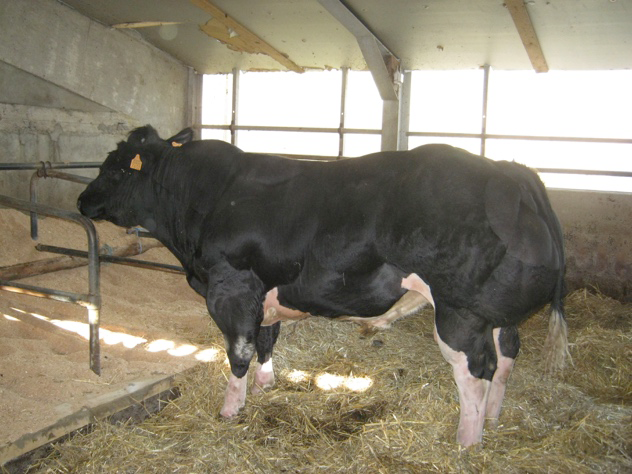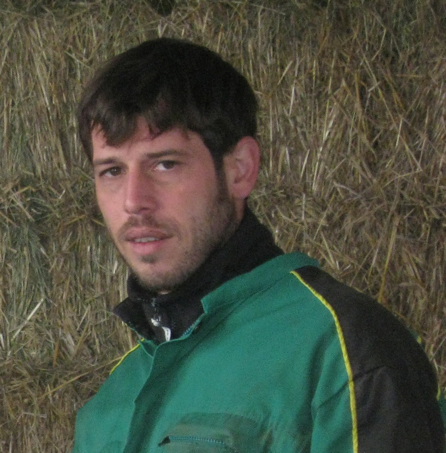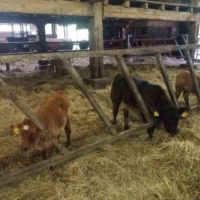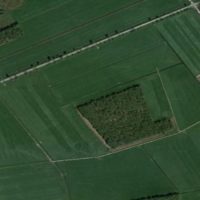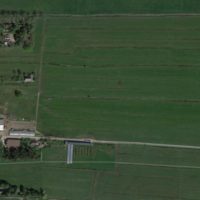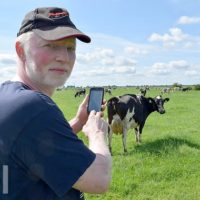Description
The farmer inherited from dairy and beef herds. He abandoned the dairy herd and focused on the Belgian Blue breeding system.
He invented of a new concept ‘Meat from stable to table’ by developing breeding, fattening, a butchery, a restaurant, and a shop.
The farmer followed a butcher training for processing meat in cut pieces and delicatessen.
He built a restaurant in a large barn and a shop in former cow stables.
He had a pioneer role in his region.
The objective was to increase meat price by processing meat and selling it in the shop and the restaurant (grill). The driving forces was the need to limit the intermediates because meat price in the conventional marketing chain was too low. Constrains are compliance to sanitary standards and controls, and very important investments in an uncertainty context.
Farm description
Environment
- Soil type: Clayey-loam
- Climate: Temperate continental
- Altitude: 150 m asl
- Slope: 15%
Grassland management
- Grazing : Yes
- Grazing management type: rotational
- Mainly silage and some hay
- 50% of grassland areas are exclusively grazed, 50% are mixed used
Structure
- Annual Work Unit: 4
- Agricultural Area : 110 ha UAA
- Permanent grassland area: 80 ha
- Temporary grassland area: 0 ha
- Annual crop area: 30 ha
- Breed: Belgian Blue cattle
- Stocking rate: 1.8 LU per ha of grassland area
Animal performance
- Bull carcass at 18 months: 450 kg (E classification)
- Cow carcass at 60 months: 540 kg (E classification)
Why it is working
The system is working because of meat quality and traceability (local origin) that induces consumer trust.
The farmers loves his profession, he has a high perseverance and is able to provide large amount of work.
The region attracts tourists who are clients of the shop and the restaurant.
